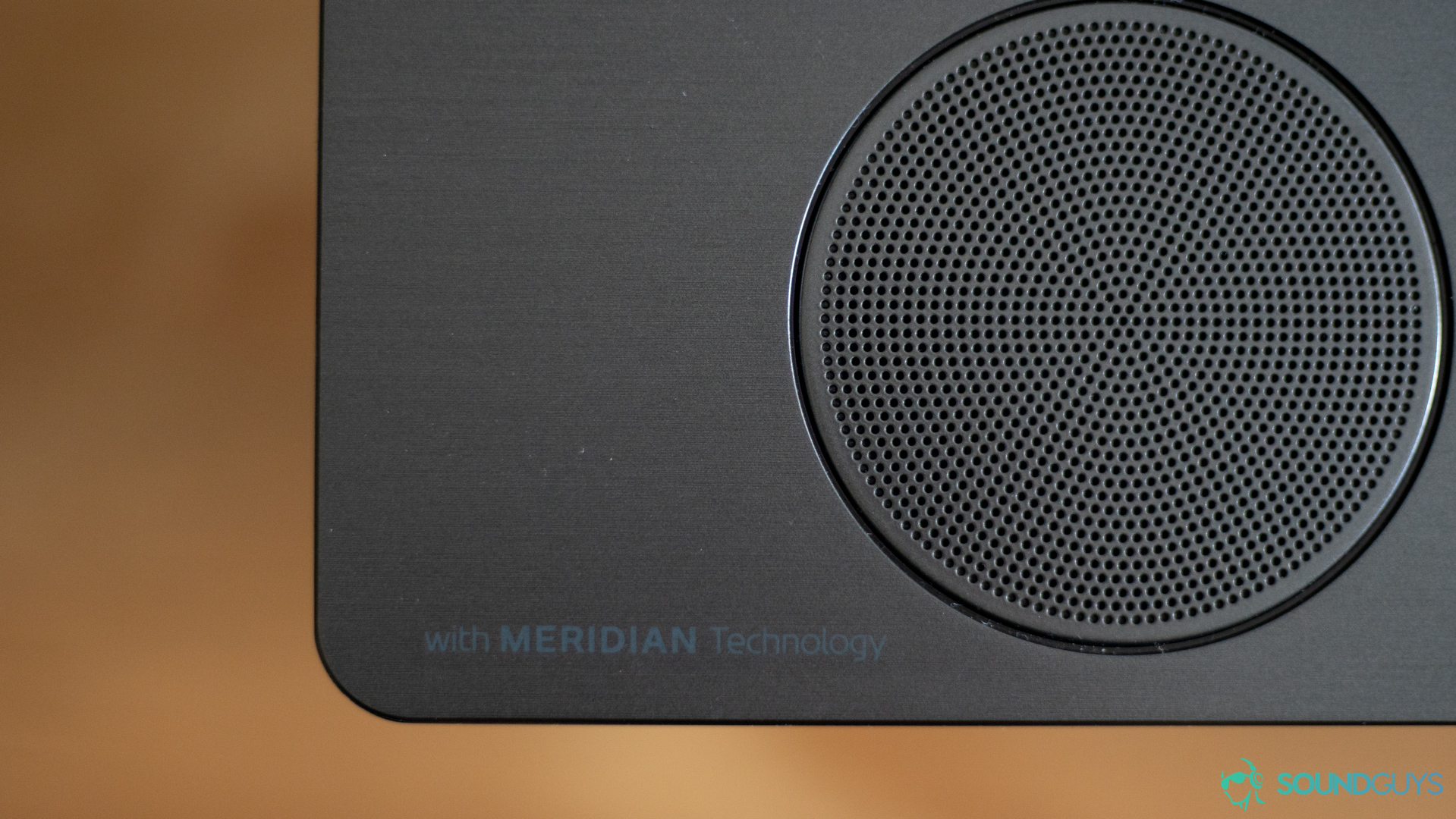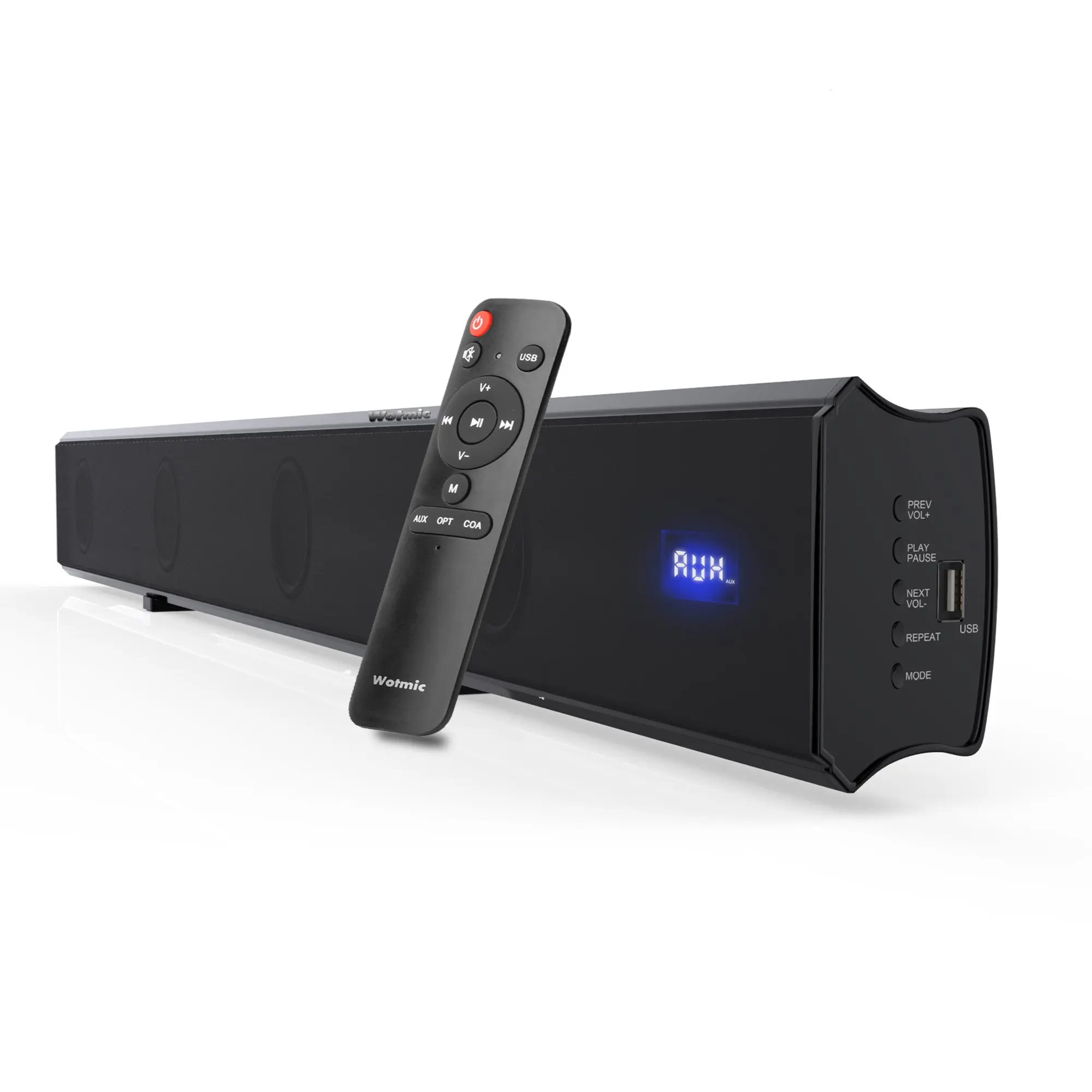


The Bass&Beats’ sequencer can store a total of 128 patterns, each containing up to 64 steps. Whether this was the manufacturer’s intention or an oversight, we can’t say. There are some other odd stuff inclusions here too, such as an EQ section whose high-shelf EQ reduces high frequencies when its corner frequency is increased. In other words, you can only ever tweak one or the other. The first half of the Slope control’s rotation range adjusts the attack time, the second half adjusts decay. You can set the tuning and length of a sample, as well as what Sonicware calls the Slope.

Over on the drum side, there are 85 kits, each containing 16 samples taken from a library of 511 drum, percussion and SFX samples. This allows the bass synth to create a range of sounds but the overall sound quality lacks clarity and definition – it’s passable but lacks the grit of Roland’s TB-303 and Novation’s Bass Station. It also includes a sub-oscillator with a choice of standard subtractive waveforms, and a noise generator. The Bass&Beats’ bass engine is based around a pair of wavetable oscillators with access to 64 wavetables. This is a problem occasionally worsened by black text on a dark magenta background. The buttons and labels have different purposes depending on the current Bass&Beats mode, and so most have at least two associated labels – and therefore small text sizes to accommodate them. Unfortunately these are basic knobs with only minimum and maximum positions, so you have to live with the inherent parameter jumps here. You’d hope, then, for continuous rotary controllers. The values of the parameters controlled by these knobs change when you switch modes or load a new pattern, kit or bass sound. The remaining controls consist of 16 knobs that, with the exception of the Value knob, perform varying tasks depending on the current mode. A row of backlit rubberised buttons allow for mode switching, transport controls, and other top-level functions. The LEDs serve different functions depending on the unit’s current operating mode: indicating drum trigger or bass note events, indicating the active sequencer step, and so on. Above this arrangement is a row of 16 Step buttons, each with an accompanying LED. These are used for playing sounds and, with the aid of a shift key, accessing other system functions. The panel layout is identical to that of other Liven devices, with 16 white and 11 black buttons laid out like a piano keyboard.


 0 kommentar(er)
0 kommentar(er)
